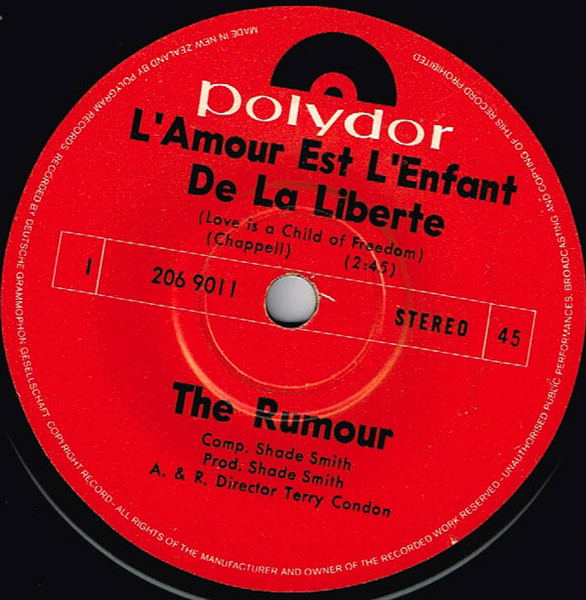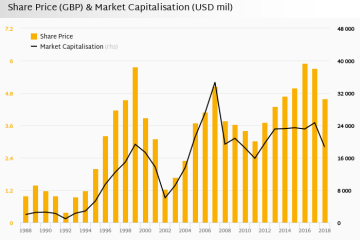The Rumour: Understanding Its Influence on Society

Introduction
In an age where information travels faster than ever, the topic of ‘the rumour’ has become particularly significant. Rumours, by their very nature, can shape public perception and influence behaviour, often creating ripple effects that extend far beyond their initial inception. From social media to workplace environments, the proliferation of rumour can lead to misunderstandings and conflict, making it a vital area of study for sociologists, communicators, and leaders alike.
The Mechanics of Rumours
Research shows that rumours tend to spread quickly during crises or when uncertainty looms, predominantly driven by a public’s desire for clarity. A recent study conducted by the University of California found that misinformation is 70% more likely to be shared compared to verified information. This statistic is overwhelmingly alarming, especially in contexts such as health emergencies, political scandals, or economic downturns.
Recent Examples
The recent COVID-19 pandemic saw countless rumours circulating, some of which undermined public health policies. Claims regarding vaccines caused hesitancy, highlighting the detrimental impact that unfounded stories can have on societal wellbeing. According to the World Health Organization, combating misinformation became as important as combating the virus itself, leading to initiatives aimed at promoting verified information.
Another prominent example is the spread of false rumours concerning celebrity behaviours and scandals, which can affect their careers and personal lives. In the era of social media, a single tweet can spiral out of control, affecting lives and reputations often before the truth has a chance to emerge.
The Role of Social Media
Social media platforms have taken centre stage in the dissemination of rumour, as algorithms can inadvertently promote sensationalism over accuracy. Notable platforms like Facebook and Twitter have implemented fact-checking measures to combat the spread of false information. However, the challenge remains substantial as many users are drawn to share sensational content without verifying its authenticity.
Conclusion
The implications of ‘the rumour’ in contemporary society extend beyond mere hearsay; they impact decisions, contribute to misconceptions, and can sway public opinion in profound ways. As technology continues to evolve, the importance of critical thinking and information literacy becomes paramount for individuals looking to navigate the complexities of the modern information landscape. Going forward, fostering an environment of accountability, where individuals verify information before sharing, is crucial to mitigating the influence of harmful rumours.









